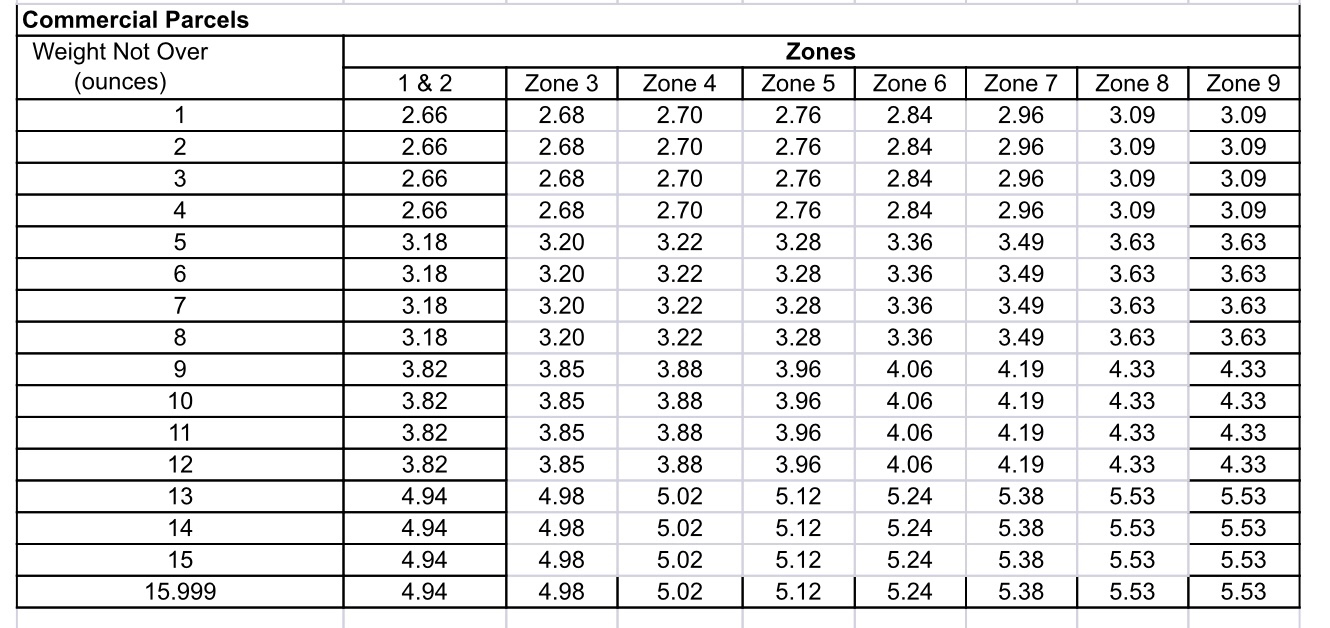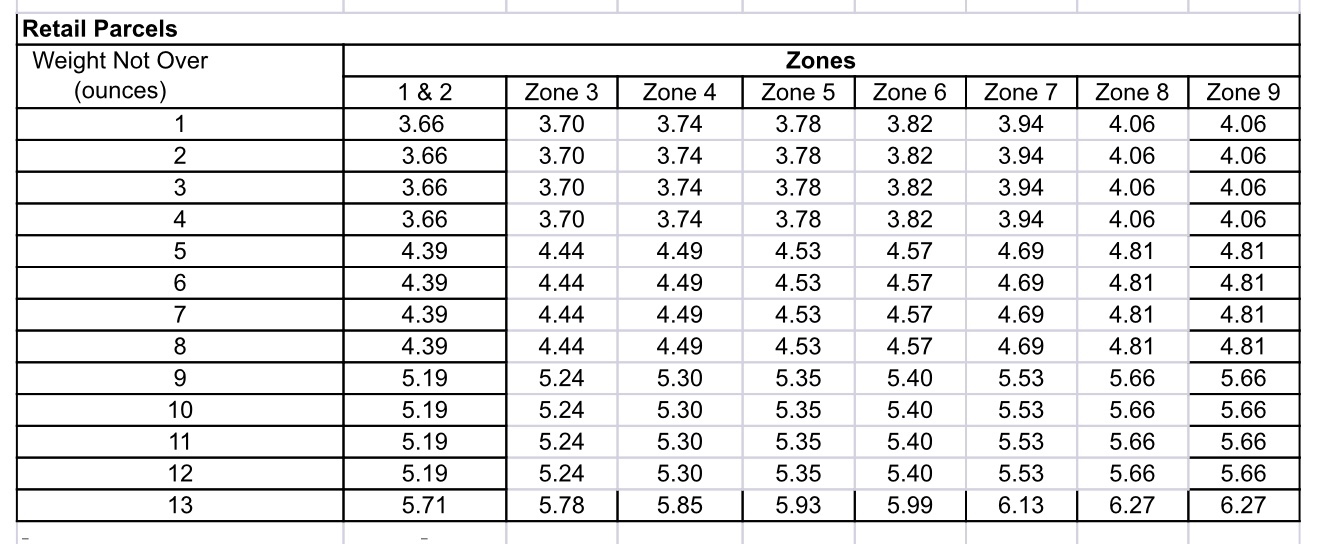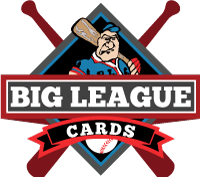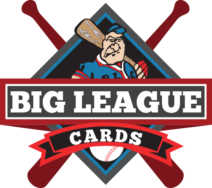Inside the Pack: Major USPS Postage Increases Coming in 2019
Only three things in life are certain: death, taxes, and USPS price increases each January.
The current proposed changes, released last week, are some of the biggest ones in recent years, and not just because it increases the cost. The entire structure of the first class parcel mail system, which most online sellers use to ship baseball cards, is completely changing to more closely resemble the priority mail system.
Currently, first class packages cost the same amount no matter where they are being shipped from or to. If I’m in Florida and want to ship a baseball card to Jacksonville or Juneau, it costs the same price based on the package’s weight. Priority mail, however, works based on a system of zones. Depending on where you are located, other locations fall into one of nine zone categories. Local zones are zones 1 and 2, and are the cheapest. As the distance increases, the zone number increases, and the price also increases.
Last week’s postal hike submission revealed that the USPS intends to use the zones for first class package mail as well. This means that it will no longer be one flat rate to ship a baseball card anywhere. Instead, the price will vary based on its destination relative to your location.

For items under 4 ounces that are being shipped to zones 1 and 2, which are those zones extremely near to you, the prices will not change. Above 8 ounces sees significant jumps, as much as 40 or 50 cents. But there are many more significant increases in price when shipping to further zones. For example, when I buy postage labels through eBay, it currently costs me $2.66 to mail a baseball card anywhere. Under the new system, to mail a card to Dallas, Texas, will be a Zone 5 mailing, which will cost me $2.76. To mail a card to Seattle, Washington, will cost me $3.09.
Buyers at the post office counter will see the biggest hikes. Currently, a card that costs $2.66 to mail online is $3.50 at the counter. That will jump to $3.66 — a full dollar more — for zones 1 and 2. For zones 8 and 9, the online price will be $3.09, while the counter price will be $4.06. In short, if you’re not already printing shipping labels at home, you should start. 
Once these postal rates are implemented, this means a number of things. First, I would expect sellers to increase their shipping charges on eBay. I anticipate doing the same for my listings. Remember that not only do sellers have to pay postage, but 10% of what they charge is taken by Ebay in fees. They also have to pay for supplies such as bubble mailers, top loaders, team bags, and mailing labels. A small fraction of packages will be shipped to zones 1 and 2, so overall, the cost is going to increase.
The second problem I see is the flat rate shipping that many sellers, including myself, currently offer. Since I know how much it is going to cost to ship these cards anywhere, I charge the same shipping regardless of how many cards a buyer purchases from me. With these new rates, I don’t think I will be able to do so. As it is, this method sometimes causes me to take a loss: if I charge $3.50 for shipping, Ebay takes 35 cents, I pay 5 cents for a bubble mailer and another 5 for my mailing label. Assuming I don’t factor in the cost of top loaders, which I reuse, that leaves me $3.05 that I have received for shipping. Currently if a buyer purchases enough cards from me to make the package more than 6 ounces, I end up taking a loss on shipping, but I am OK with that, because I know that it will only be a few cents. Under the new plan, not only would I lose money on shipping, but I would have no idea how much money I was going to lose until the time came for me to print the shipping label. This is because the cost would vary based on where the buyer was located.
In my opinion, these rate hikes are going to spell the end of flat rate shipping and usher in more calculated shipping, which is currently the most common method when shipping with priority mail. And it likely means more of the style of combine shipping that involves adding a small amount, like 25 cents, for each additional card you purchase, rather than one flat rate for any number of cards.
I can’t say I disagree with these decisions. Even though low postage rates are to my benefit as both a buyer and a seller, I have often said that flat rate first class mail makes little to no sense from a practical standpoint, since it does not cost the same to move a baseball card down the street as it does to move it across the country. It seems that the USPS has figured this out. Only time will tell what sort of impact this has on our industry.
You can find information about zones here. Type in the first 3 numbers of your zip code and it will tell you the zones of all other zip codes. Or, you can find a specific zone for a zip code pair, entering your zip code and the destination zip code to determine the zone.
You can find all the proposed rate changes across all USPS services here.




